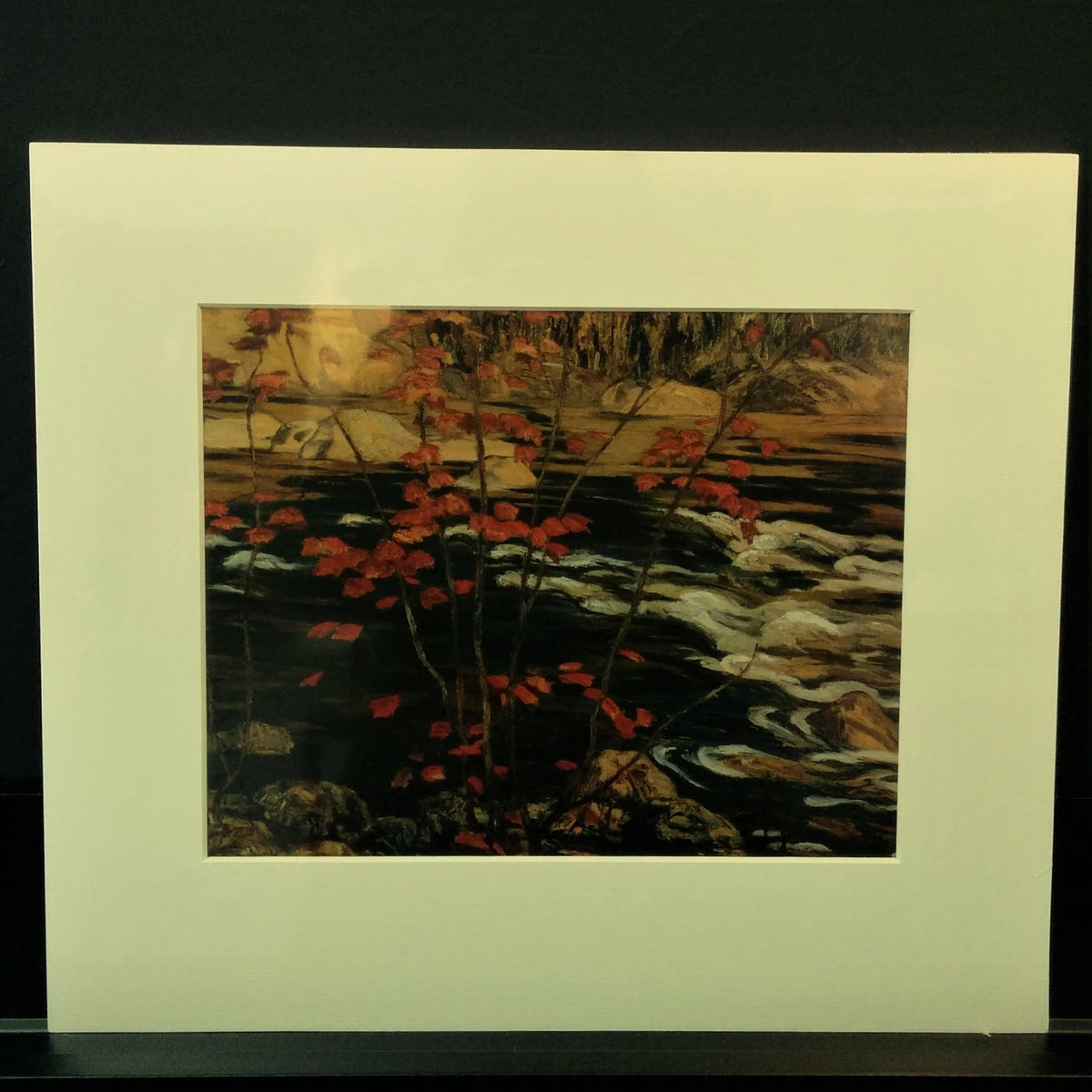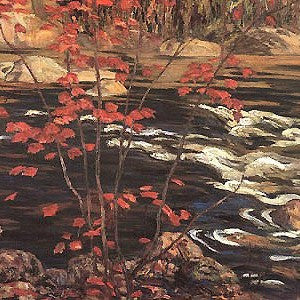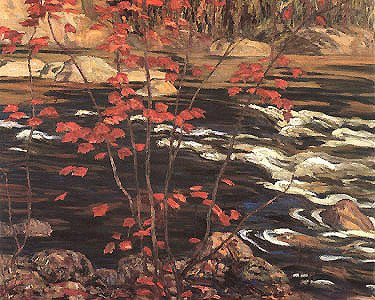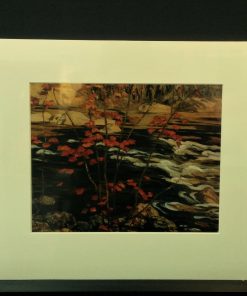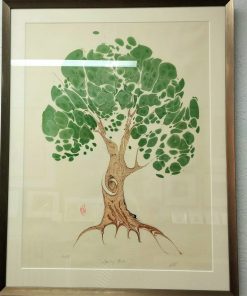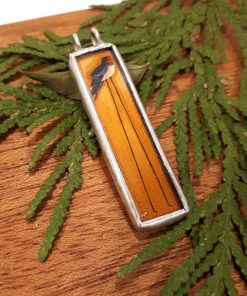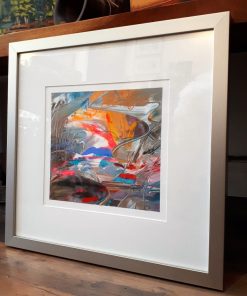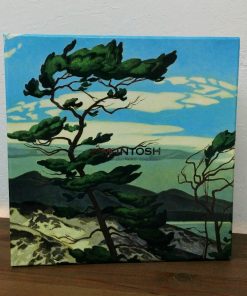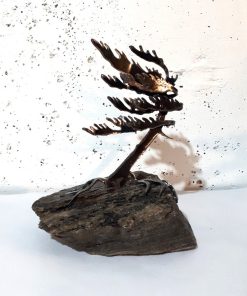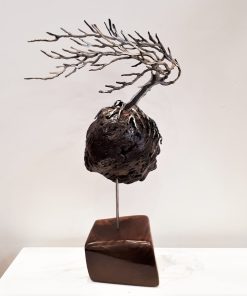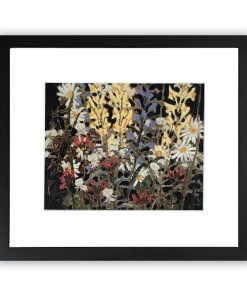Group of Seven Matted Print – A. Y. Jackson – The Red Maple McMichael Canadian Art Collection
$ 37,95 $ 22,77
This iconic Canadian painting is in the collection at the National Gallery of Canada, and is reproduced with copyright permission. Therefore the colours are true to the original. Professionally matted with 2″ archival matte.
Image size: 8 1/4″ x 10 1/8″, matted to 14 3/8″ x 12 1/2″ Available for local delivery only in Cambridge, Stratford, and surrounding areas. No shipping is available.
The Artist: Alexander Young (A.Y.) Jackson (1882-1974) was born and raised in Montreal, Quebec. At just 12 years olds, his father left, and he had to leave school to help support his family. After many years working at printing firms in Montreal, he began studying art at the Art Institute in Chicago, and later at the Académie Julian in Paris, remaining in France until 1909. Back in Montreal his painting led him to Lawren Harris and J. E. H. MacDonald, and he moved to Toronto in 1913. The following year, he shared space with Tom Thomson in the Studio Building on Severn Street. The First World War changed the direction of the lives of the painters. Jackson enlisted, was wounded and spent 1917-1919 as a war artist, capturing the devastation and tragedy of the Great War. On his return to Canada, he travelled and painted with other members of what would become the famous Group of Seven, who formed officially in 1920 for their first exhibition held in Toronto. Jackson’s active participation in seven other Group exhibitions, and in many contemporary shows, including the controversial British Empire Exhibition in Wembley, England in 1924, “ensured that his images of a rolling, unpopulated land became indelibly imprinted on the Canadian consciousness”. In 1933, Jackson founded the Canadian Group of Painters, which included former Group of Seven members. He taught at the Ontario College of Art (Now the Ontario College of Art and Design University) and at the Banff School of Fine Arts. He spent his final years as artist-in-residence at the McMichael Gallery (now the McMichael Canadian Art Collection) in Kleinburg, Ontario, where he is buried along with five other members of the Group. A Companion of the Order of Canada and recipient of a medal for lifetime achievement from the Royal Canadian Academy, A.Y. Jackson, as a leading member of the Group of Seven, helped to remake the visual image of Canada.
Professional packing and fast shipping
Thanks to our longstanding association with UPS FedEx DHL, and other leading international carriers, we are able to provide various shipping options. Our warehouse staff are educated to pack your items exactly according to the specifications we provide. Before they are shipped, your goods will be thoroughly examined and secured. Every day we ship thousands of packages to clients across many countries. Our determination to be the largest online retailer around the globe is evident by this. Warehouses and distribution centers can be located in Europe as well as in the USA.
Please note that orders with more than one item will be given a processing time according to the particular item.
Before shipping, all ordered items will be thoroughly inspected. Today, most orders will be shipped within 48 hours. The expected delivery time is between 3-7 days.
Returns
The inventory is always changing, and not fully managed by us because of the involvement of multiple different parties, such as the factory and our warehouse. This means that the actual stock could change at any time. Please be aware that it's possible that your order will become unavailable even after you have placed the order.
Our policy is valid for 30 days. We cannot exchange or refund your order after 30 days from the date of purchase.
To be eligible for a refund your product must be unopened and in the same condition as when you received it. It must also be in the original packaging.
Related products
Uncategorized
Etchings & Prints
fine bone china mugs
Fine Bone China Mug Set of Two – Loons, Robert Bateman McIntosh Trading Inc
Original Watercolour Painting
Bookmark
fine bone china mugs
Fine Bone China Mug Set of 4 – Group of Seven and Tom Thomson McIntosh Trading Inc
